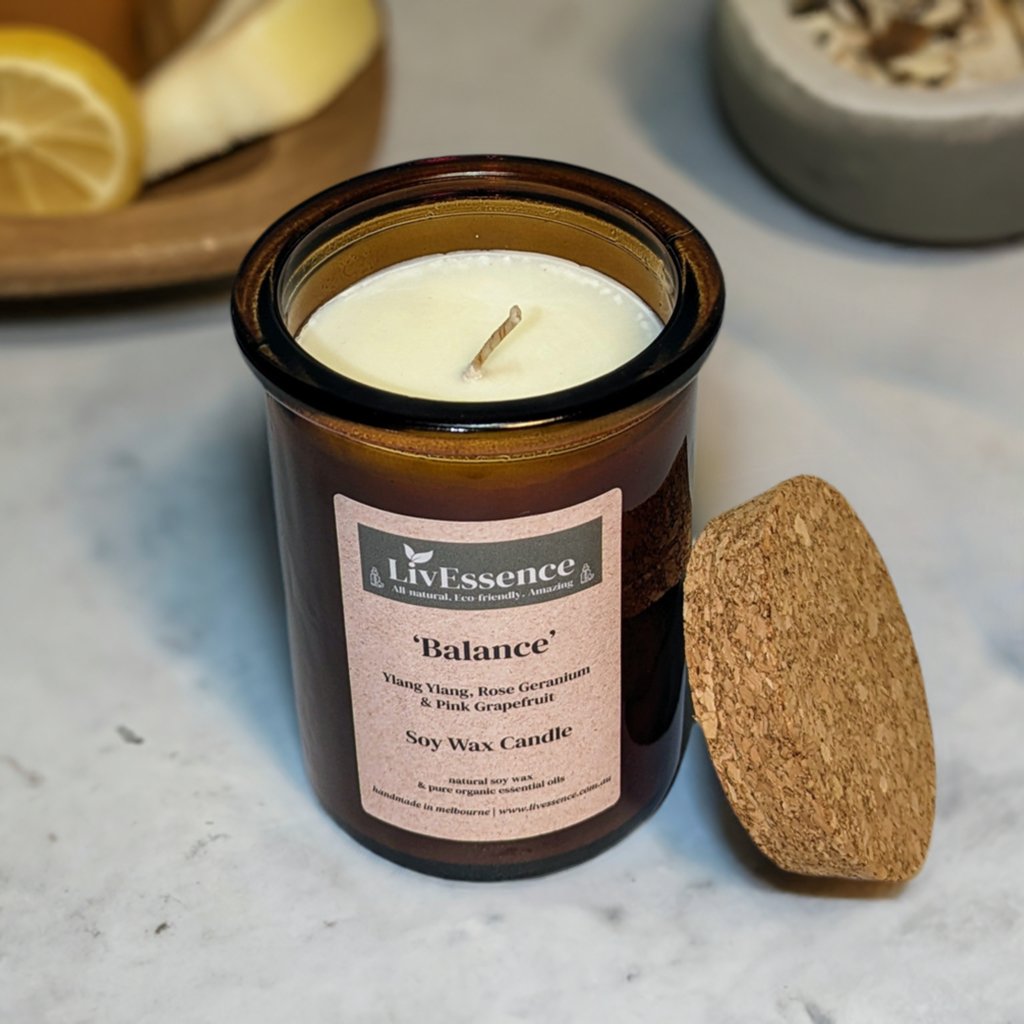Discover the Magic of Crystal Soy Candles and Home Fragrance
Discover the Magic of Crystal Soy Candles and Home Fragrance
Blog Article
From Wick to Wax: Comprehending the Chemistry Behind Soy Wax Candles and Their Ecological Influence
As we brighten our areas with the cozy glow of candles, there exists a realm of intricate chemistry behind the apparently basic act of lighting a soy wax candle. The choice between soy and paraffin wax expands beyond mere visual appeals, delving into the world of environmental influence and the extremely make-up of the materials. Recognizing the molecular structure of soy wax and its combustion procedure clarifies the exhausts released right into our surroundings. Join us as we untangle the scientific ins and outs behind soy wax candle lights and explore their implications on our environment.
Soy Wax Vs. Paraffin Wax
When contrasting soy wax and paraffin wax for candle making, it is important to understand the distinct features and benefits of each material. Soy wax is an all-natural, renewable energy stemmed from soybean oil, making it eco-friendly and naturally degradable - home fragrance. On the other hand, paraffin wax is a result of petroleum refining, which elevates worries concerning its ecological influence and sustainability
Soy wax candle lights melt cleaner and release less residue contrasted to paraffin wax candles, making them a much healthier selection for indoor air high quality. Additionally, soy wax has a reduced melting factor, permitting for a longer-lasting candle that disperses fragrance better. Paraffin wax, on the other hand, has a tendency to shed faster and much less easily, possibly launching dangerous chemicals right into the air.
From a sustainability perspective, soy wax is favored for its biodegradability and renewable sourcing, straightening with the expanding customer choice for eco aware products. While paraffin wax has actually been a standard choice in candle making because of its price and simplicity of use, the change towards eco-friendly options like soy wax is gaining energy in the industry.
Chemical Make-up of Soy Wax

Burning Process in Soy Candles
The chemical make-up of soy wax straight influences the combustion process in soy candle lights, affecting elements such as burn time, fragrance launch, and ecological impact. When a soy candle light is lit, the warmth from the fire melts the wax near the wick.
The burning performance of soy candles is influenced by the purity of the soy wax and the high quality of the wick. In addition, soy wax candle lights have a reduced ecological impact contrasted to paraffin candles due to their naturally degradable and eco-friendly nature.

Ecological Benefits of Soy Wax

Thought about a sustainable alternative to typical paraffin wax, soy wax uses remarkable environmental benefits that make you can find out more it a popular selection amongst eco-conscious customers. One significant benefit of soy wax is its renewable sourcing. Soy wax is originated from soybean oil, which is primarily grown in the United States. The farming of soybeans helps support regional farmers and minimizes the dependency on non-renewable nonrenewable fuel sources utilized in paraffin wax manufacturing. In addition, soy wax is eco-friendly, indicating it damages down normally without releasing damaging toxic substances right into the environment. This characteristic makes soy wax candles a more environmentally friendly choice contrasted to paraffin wax candle lights, which are made from oil, a non-renewable resource. Soy wax burns cleaner and generates much less soot than paraffin wax, adding to far better indoor air top quality and minimizing the need for cleansing and upkeep. On the whole, the ecological benefits of soy wax align with the expanding demand for sustainable and green products out there.
Recycling and Disposal Factors To Consider
Reusing and proper disposal of soy wax candles play a vital function in keeping ecological sustainability and decreasing waste in families and neighborhoods. When it comes to reusing soy wax candles, the initial action is to ensure that the candle has actually burned totally.

In terms of disposal, if recycling is not an option, soy wax candle lights are biodegradable and can be safely dealt with in most family waste systems. Nonetheless, it is constantly recommended to contact local reusing centers or waste administration services for details guidelines on candle light disposal to guarantee appropriate handling and environmental management.
Final Thought
Finally, the chemistry behind soy wax candles discloses their environmental benefits over paraffin wax candles. Soy wax, originated from soybean oil, burns cleaner and generates less residue when compared to paraffin wax. The burning procedure in soy candle lights is much more effective, leading to a longer and more also melt. In addition, soy wax is eco-friendly and eco-friendly, making it a much more sustainable option for candle production. Recycling and proper disposal of soy wax candles better add to their ecological impact.
When comparing soy wax and paraffin wax for candle light making, it is crucial to understand the distinctive characteristics and advantages of each material (crystal soy candles).Soy wax candle lights shed cleaner and send out less soot compared to paraffin wax candle lights, making see this page them a much healthier option for indoor air top quality.Thought about a Read Full Article sustainable option to conventional paraffin wax, soy wax uses significant ecological advantages that make it a preferred selection amongst eco-conscious customers. Soy wax burns cleaner and produces less residue than paraffin wax, adding to much better interior air top quality and lowering the demand for cleansing and maintenance.In final thought, the chemistry behind soy wax candles reveals their environmental benefits over paraffin wax candle lights
Report this page